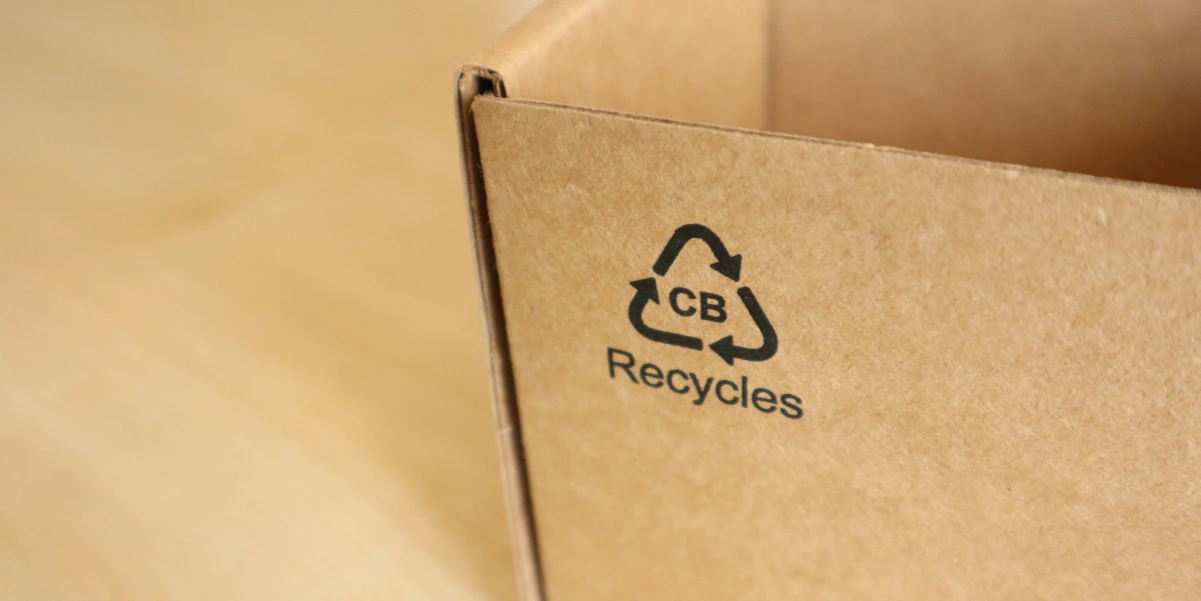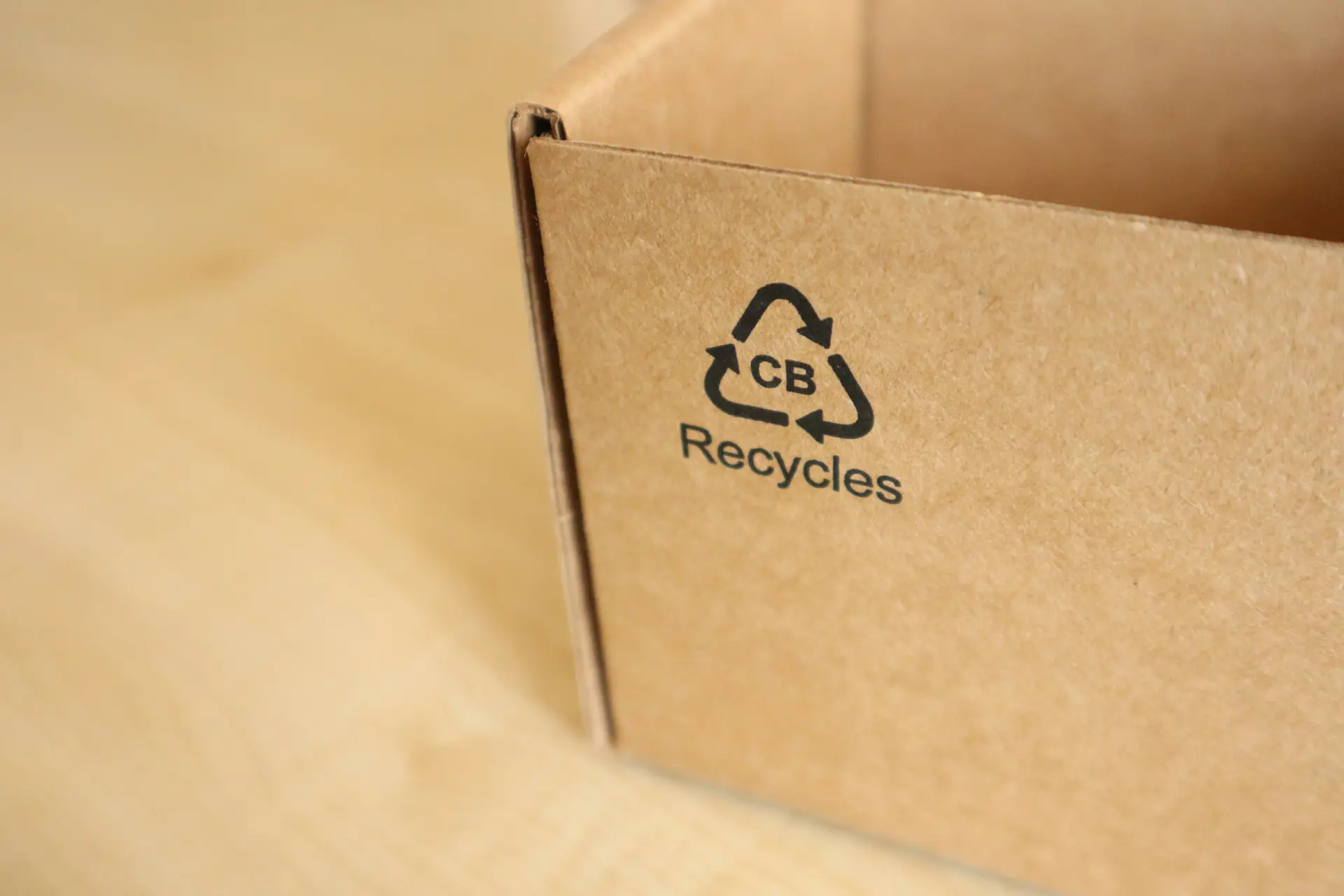Introduction
The EU Green Claims Directive is a major piece of legislation aimed at curbing greenwashing and improving the credibility of environmental claims made by businesses across the European Union. It forms part of a broader push to support sustainable consumption and production as part of the European Green Deal. Understanding the timeline of the EU Green Claims Directive is vital for businesses that make any environmental claims. Being prepared for each key milestone helps organisations stay compliant, avoid penalties, and build consumer trust. This article outlines the full EU Green Claims Directive timeline, from proposal to implementation, and what businesses need to know at each stage to ensure a smooth transition.
Background of the Directive
The directive was proposed in response to widespread concerns about misleading environmental marketing. EU research found that over half of green claims were vague, misleading, or unsubstantiated. This lack of clarity undermines consumer confidence and hinders progress towards sustainability. The directive addresses this by introducing uniform standards to ensure all environmental claims are backed by reliable, scientific evidence.
It also aligns with the European Green Deal, which aims to make Europe climate-neutral by 2050. The directive supports this ambitious goal by promoting transparency and accountability in sustainability claims. By holding businesses to a higher standard, the regulation seeks to protect consumers, encourage genuine environmental progress, and foster a level playing field across the internal market.
Key Milestones in the EU Green Claims Directive Timeline
March 2023: Proposal Announcement
The European Commission formally proposed the directive in March 2023, detailing requirements for companies to substantiate their green claims and setting the stage for formal review and feedback from stakeholders.
Mid to Late 2023: EU Institutional Discussions
Following the proposal, the directive underwent review by the European Parliament and the Council. These institutions worked to refine the directive’s provisions, balancing ambition with feasibility.
March 2024: European Parliament’s First Reading Position
On 12 March 2024, the European Parliament adopted its first reading position, outlining its stance and suggested amendments to the directive.
June 2024: Council’s General Approach
On 17 June 2024, the Council of the EU adopted its general approach, signalling readiness to enter negotiations with the Parliament in the next phase of legislative review.
January 2025: Start of Trilogues
Trilogue negotiations between the Parliament, Council, and Commission officially began on 28 January 2025. This stage aims to reconcile the positions of the institutions and finalise the directive’s text.
Expected Adoption and Implementation
If trilogue negotiations proceed without major delays, the directive could be adopted by mid to late 2025. Member States would then have 18–24 months to transpose the directive into national law. Full compliance could therefore be required by 2027.
Legislative Process and Implementation
Once adopted, the directive will be published in the Official Journal of the European Union and enter into force shortly afterward. National governments will be responsible for incorporating it into domestic legislation, which may include consultation periods, local guidance, and phased enforcement.
The European Commission may also publish supplementary materials to clarify legal expectations and support uniform interpretation across Member States. Businesses should monitor both EU-level and national-level updates.
Business Impact and Compliance Preparation
- Immediate Steps: Start by reviewing existing environmental claims on packaging, marketing, digital channels, and corporate reports. Claims must be specific, verifiable, and scientifically substantiated.
- Strategic Planning: Embed compliance into your core business processes. Establish robust internal documentation practices, integrate claim reviews into product development and marketing, and allocate budgets for third-party verification if needed.
- Impact on SMEs: SMEs may benefit from simplified procedures or phased requirements, but they will not be exempt. National implementation laws may offer specific support measures for small businesses.
- Greenwashing Risks: Penalties for non-compliance could include fines, mandatory corrections, and reputational harm. Regulators will have power to audit, investigate, and enforce compliance. Avoiding greenwashing will be critical to maintaining consumer trust and legal standing.
Key Compliance Dates
- Now: Begin environmental claim audits and gather substantiating evidence.
- Post-Adoption (Expected 2025): Begin transitional preparations as Member States start implementing national legislation.
- By 2027 (Estimated): Full compliance expected, subject to final adoption and national transposition.
Comparison with Other Sustainability Laws
The Green Claims Directive complements several other EU regulations aimed at improving sustainability transparency. The Corporate Sustainability Reporting Directive (CSRD) expands non-financial reporting obligations, while the EU Taxonomy and the Sustainable Finance Disclosure Regulation (SFDR) provide frameworks for defining and disclosing sustainable activities.
Together, these policies form a comprehensive regulatory environment that pushes companies toward greater environmental accountability. Understanding how these laws interconnect can help businesses streamline compliance and enhance their overall ESG strategy.
How to Prepare
- Audit Claims: Identify and remove vague, unsubstantiated, or misleading environmental claims across all communication channels.
- Gather Evidence: Collect robust data, studies, and documentation to back up any remaining claims. Ensure traceability and access in case of audits.
- Third-Party Checks: Engage independent verifiers for claims where required or recommended. Certification adds credibility and may be essential for certain product categories.
- Staff Training: Train marketing, legal, and sustainability teams to understand the directive’s requirements and how to communicate claims responsibly.
Tracking Updates
- Official Sources: Regularly check the European Commission’s website and press releases for updates on the directive’s progress and associated guidance.
- Industry Bodies: Join trade associations or sustainability alliances for sector-specific interpretations and support.
- Legal Advisors: Work with regulatory experts to track national implementation and ensure your organisation’s policies are up to date.
Summary
The EU Green Claims Directive is already transforming environmental marketing across the bloc. With mandatory compliance expected by 2026, businesses must act now to audit claims, build evidence, and align with the directive’s standards. Early preparation is not only prudent—it can be a competitive advantage. Companies that act now will be in a better position to maintain consumer trust, avoid penalties, and lead the way in transparent, sustainable business practices.



